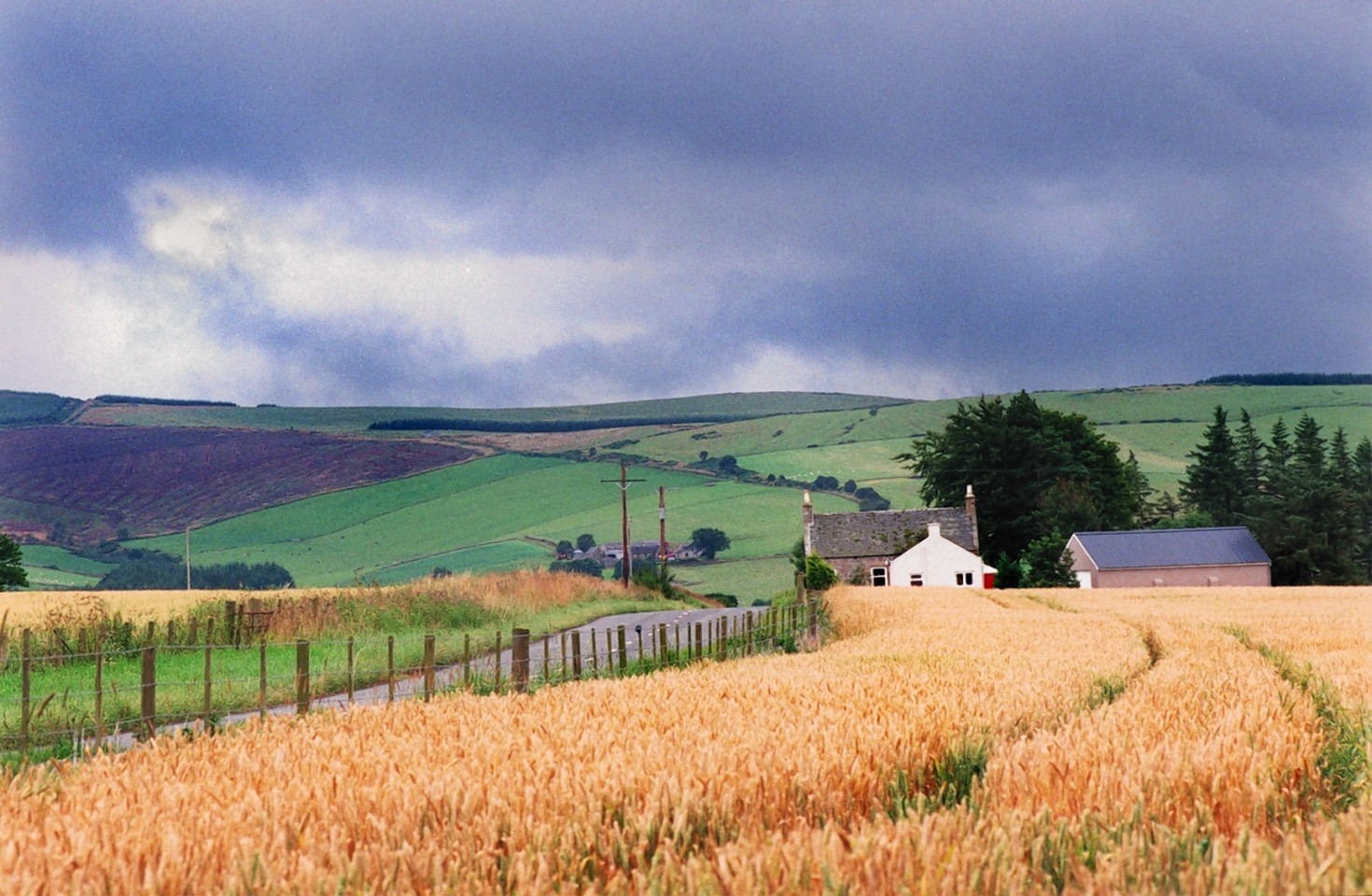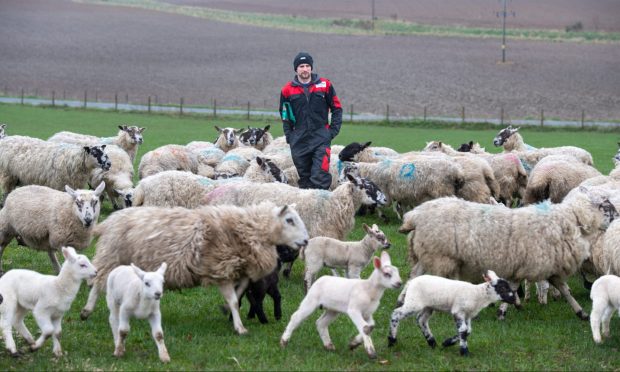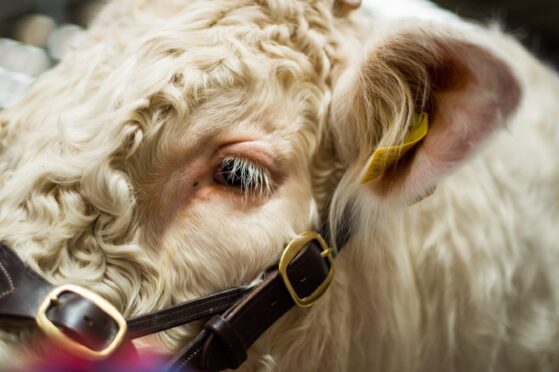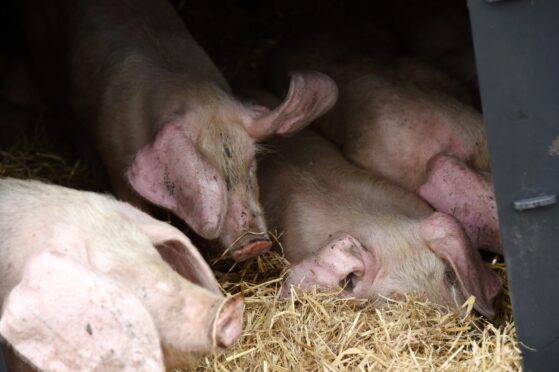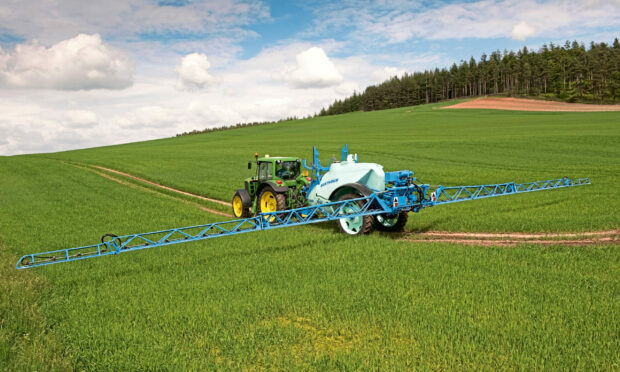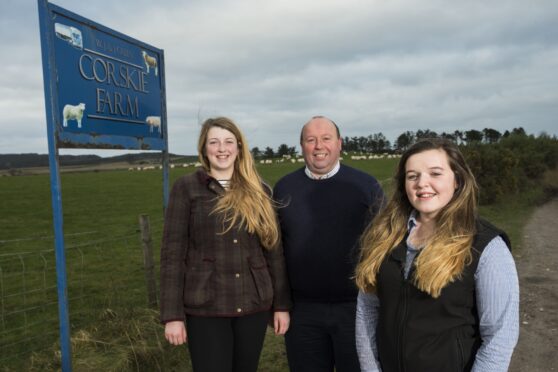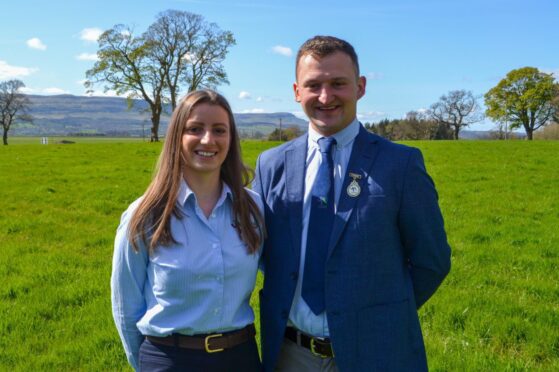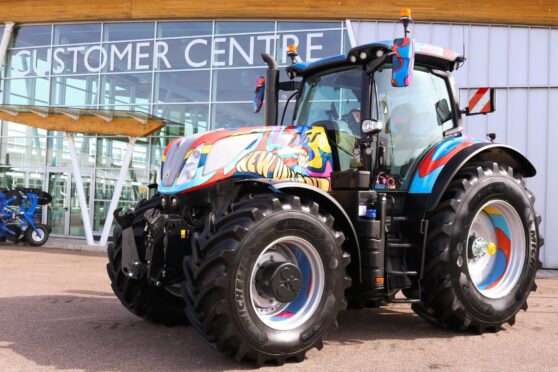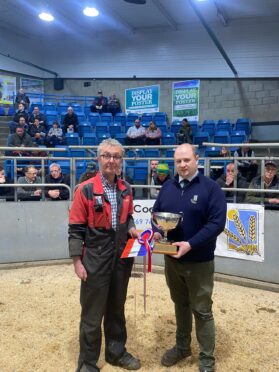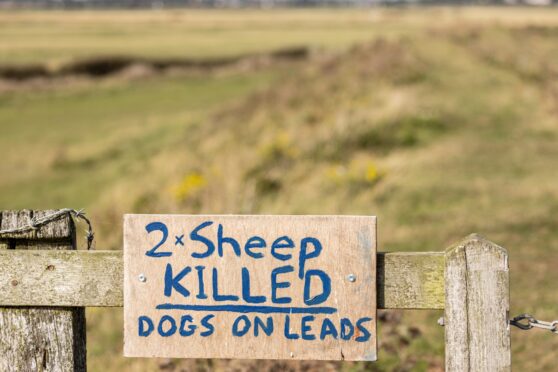A growing number of landowners chose not to re-let land in 2015, according to findings from the fourth annual agricultural land occupation survey for Scotland.
The survey, which is carried out by the Scottish Agricultural Arbiters and Valuers Association (SAAVA) and the Central Association of Agricultural Valuers (CAAV), covers more than 46,000 acres of let land where a tenancy ended during the year.
Of the land to come back to landowners, 12,000 acres was either brought back in-hand or offered out on contract farming or other short-term arrangements.
According to CAAV secretary and adviser Jeremy Moody this is the largest loss of let land since the first survey in 2012 and a drop on the historic re-let figure of 75%.
He said 65% of new lettings in the year were for bare land and as such it can no longer be assumed that a holding is a self-contained farm.
“The cost of rising expectations for the standards of agricultural housing may encourage this trend,” said Mr Moody.
The survey, which was unveiled at the SAAV conference in Dunblane yesterday, also found that half of the new lettings to different farmers went to new entrants.
“While this year’s figure may have been influenced by the incentives for new entrants in the Basic Payment Scheme (BPS) and was only out of a small number of lettings, it suggests that encouraging lettings can create opportunities for new entrants as well as existing farmers,” said Mr Moody.
He called on the Scottish Government to ensure any tenancy policy encouraged the positive letting of land.
“A good tenancy system not only offers opportunities to new entrants and retiring farmers, it provides a simple flexibility for farmers to grow and thrive,” added Mr Moody.
